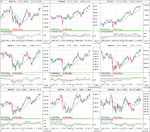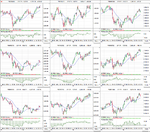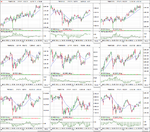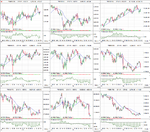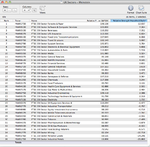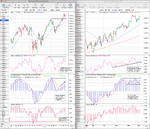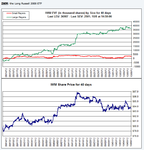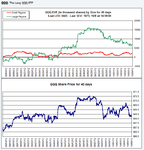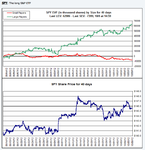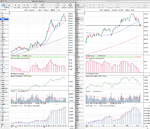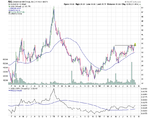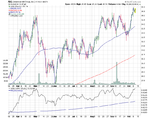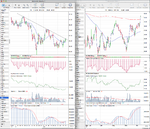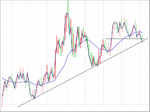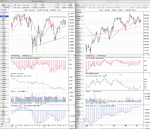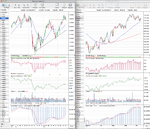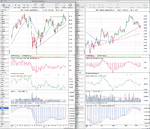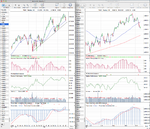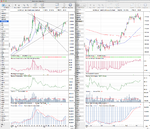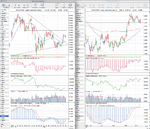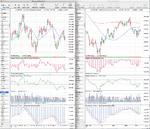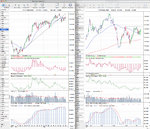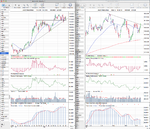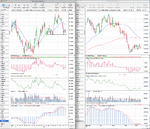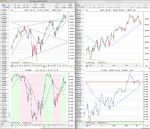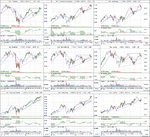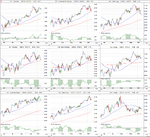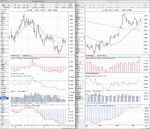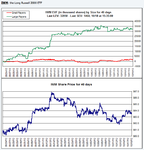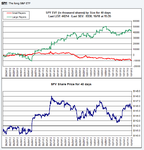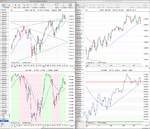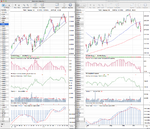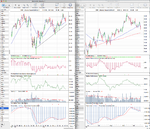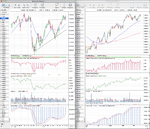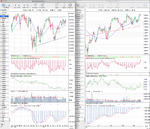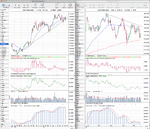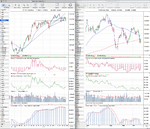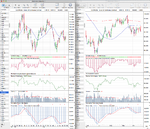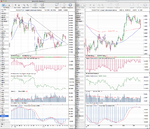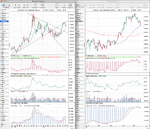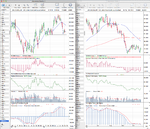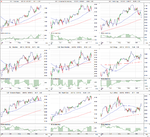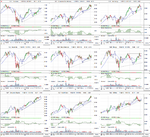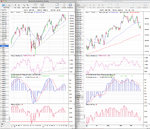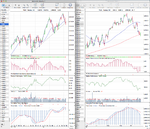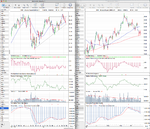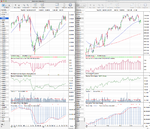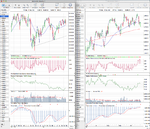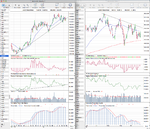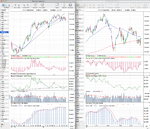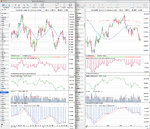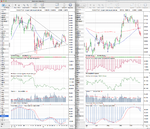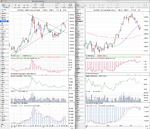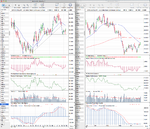isatrader
Senior member
- Messages
- 2,964
- Likes
- 135
hi isa
ok...well the charts are good.....
but they have no meaning to me
what sector is trending relative to the s&p 500 ??
you have marked res areas...ok...that is fine
but we really need to look at trend and where the trend gets supported or resisted
thinking that is more useful...but that is my opinion
the same applies to duplessis book...optimisation....you cannot optimise a set of data for trading signals...you have to define each trend first and then optimise for trading signals for that trend only.
each trend will have its own range volatility and will have different parameters for signals
do you get where i am coming from ???
Hi dentist007, I do get where you are coming from and to be honest I get the impression that you haven't read Weinstein's book or the majority of the thread, as we've gone into great detail over over the last 75 pages studying the method and how to apply it.
For the uninitiated, it's a top down method that begins with identifying what Stage the market is in (the trend) - of the four stages that Weinstein identified in his book. The next step is to identify the few groups that look the very best technically. Then once you've determine that the market trend is bullish and Group A acts the very best technically, the final step in the process is to zero in the one or two best individual chart patterns in that sector. So the reason that I post the major charts each week with their relative performance table and also the major US Industry sectors with their relative performance table, is that we can fulfill the first two requirements of the method - by identifying the major long term trend and seeing which sectors are outperforming the market. That way we can focus our stock searches in the strongest groups and avoid the weakest. And hence increase our probabilities of success.
If you have read the book you should be able to look at the nine US Industry sector charts that I posted and identify the stage that each is in. If you can do this then you will have a very clear idea of what the trend is for the broad market and where the strength and weakness is within the market. If you can't, then I'd recommend you read the book first as that is what the thread is about discussing.

